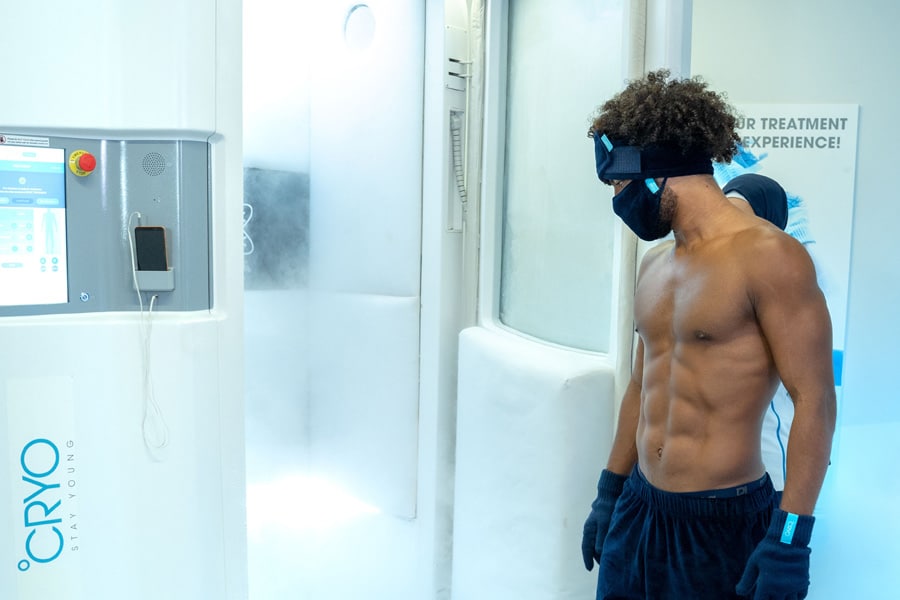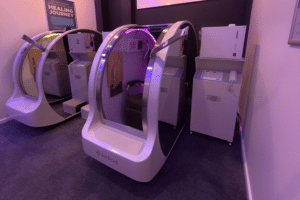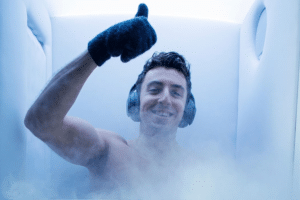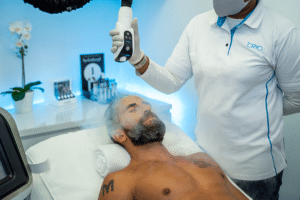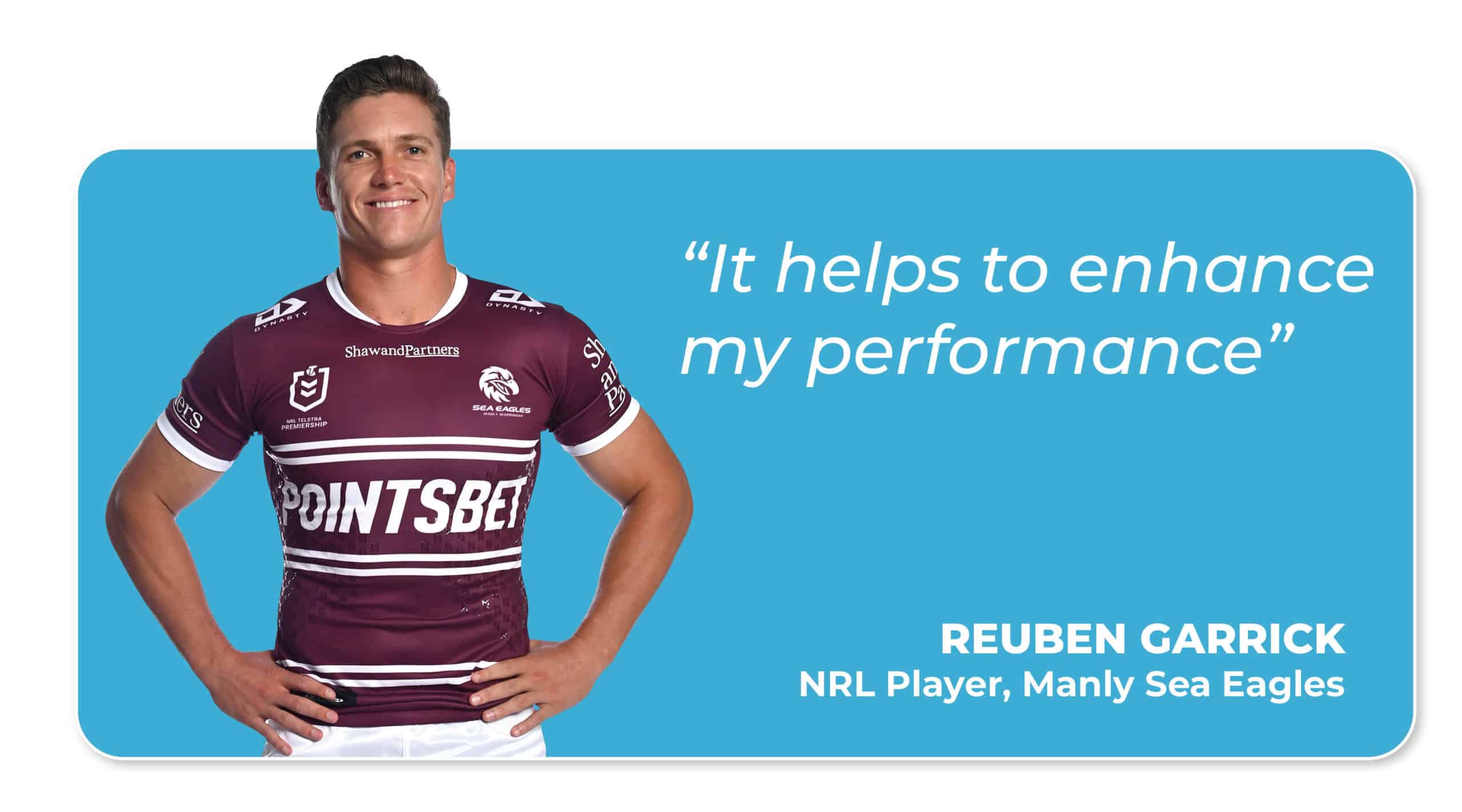For athletes and those who partake in physical activities and strenuous exercise, musculoskeletal sports injuries are a common risk. These injuries are generally caused by accidents, incorrect use of equipment or inadequate training methods that don’t include warm up and stretching. They include sprains and strains, ligament or tendon tears, joint dislocations and bone fractures and can have a serious impact on a person’s performance. These injuries are separated into two categories: acute and chronic. Acute injuries occur suddenly while someone is participating in an activity, while chronic injuries usually form due to overuse of the same area of the body over a long period of time. Symptoms of these injuries include pain, swelling and limited mobility (National Institute of Arthritis and Musculoskeletal and Skin Diseases, 2016).
The body reacts to an injury with the release of chemicals from damaged cells, sparking an inflammatory process by which the blood vessels of the damaged area dilate to increase the flow of nutrients. Mild cases are responded to with PRICE therapy (Protection-Rest-Ice-Compression-Elevation) (National Health Service UK, 2015). However, more serious injuries, such as ACL and MCL tears of the knee, may require reconstructed surgery and rehabilitation to restore normal movement and functioning (American Academy of Orthopaedic Surgeons, 2009).
The third element of PRICE therapy, which is the application of ice or cold packs, can help to reduce inflammation by tightening the blood vessels. Cryotherapy, which uses chambers to which temperatures range from -110°C to -140°C, is similarly capable of aiding in the recovery of body parts affected by many types of sports injuries. This occurs due to an alteration of serum mediators of inflammation and muscle enzymes.
Whole-body cryotherapy (WBC) was tested in a study to evaluate its effectiveness in athletic recovery, with results showing an increase in the level of the anti-inflammatory cytokine interleukin (IL)-10 and a decrease in pro-inflammatory cytokines IL-2 and chemokine IL-8, as well as the intracellular adhesion molecule-1. WBC also supports athletes’ recovery through positive effects on creatine kinase and lactate dehydrogenase (Banfi, Lombardi, Colombini, & Melegati, 2010).
High-intensity and high-duration exercise can contribute to metabolic stress, heating of the body and potential structural damage and muscle soreness. Applying cold to the affected area soon after exercise has been found to reduce the energy demand of the muscles, providing a temporary analgesic and anti-inflammatory effect (White & Wells, 2013).
A study focusing on the effects of cryotherapy on muscle recovery and inflammation after strenuous exercise found that though it was not successful in relieving strength decrease and muscle soreness, there was a reduction of plasma chemokine ligand 2 after 20 minutes of cryotherapy (Crystal, Townson, Cook, & LaRoche, 2013). Additionally, Hubbard and Denegar’s study showed cryotherapy can help reduce pain caused by soft tissue injuries. However, further research is still required to fully assess its efficacy.
People who have undergone surgery for a sports injury can also benefit from cryotherapy. A study conducted in Brazil showed that those who had experienced cryotherapy combined with an exercise programme immediately after ACL reconstruction had less pain and an improvement in the range of motion of their knee, resulting in a decreased need for painkillers, a shorter hospital stay and a general improvement in quality of life (Dambros, Martimbianco, Polachini, Lahoz, Chamlian, & Cohen, 2012).
Importance of Recovery
Recovery is critical when it comes to addressing any type of sports injuries. High intensity and high duration exercise can lead to metabolic stress, increasing temperature and making muscular damage and soreness more likely. When the body’s damaged cells release chemicals, an inflammatory process occurs with blood vessels of the injured area dilating to increase the flow of nutrients. Applying cold or ice to the affected area soon after exercise can help to reduce the energy demand on the muscles, creating a temporary analgesic and anti-inflammatory effect.
Cryotherapy’s Role in Recovery
Cryotherapy, which is exposure to extremely low temperatures, can be highly effective in treating sports injuries. Whole-body cryotherapy (WBC) has been found to increase the levels of anti-inflammatory cytokine interleukin (IL)-10, and decrease the levels of pro-inflammatory cytokine IL-2 and chemokine IL-8, as well as the intracellular adhesion molecule-1. It can also improve muscular enzymes such as creatine kinase and lactate dehydrogenase. Additionally, cryotherapy can be used post-surgery to reduce pain and improve the range of motion in the affected area, with benefits including fewer painkillers, a shorter hospital stay and a greater overall quality of life.
Benefits to Mental Health
The application of cold can also provide mental health benefits. Cryotherapy causes rapid vasoconstriction which boosts the production of endorphins, creating a sense of relaxation, reducing stress, aiding with insomnia and relieving pain or itching. For up to two weeks following cryotherapy, increased endorphin levels lead to improved mood, enhanced memory, increased vigour and energy, decreased tension and fatigue, reduced anxiety and depression, and expanded awareness.
Conclusion
The importance of proper recovery when it comes to sports injuries cannot be downplayed, and cryotherapy is an effective way to facilitate that recovery. Not only can cryotherapy help to regulate inflammatory mediators and reduce overall inflammation, but it can also provide immediate analgesic and anti-inflammatory effects, minimising free radical damage and helping to reduce pain, swelling and limited mobility. In addition, the endorphin surge caused by cryotherapy can provide both physical and mental health benefits, leading to improved and expedited recovery.

